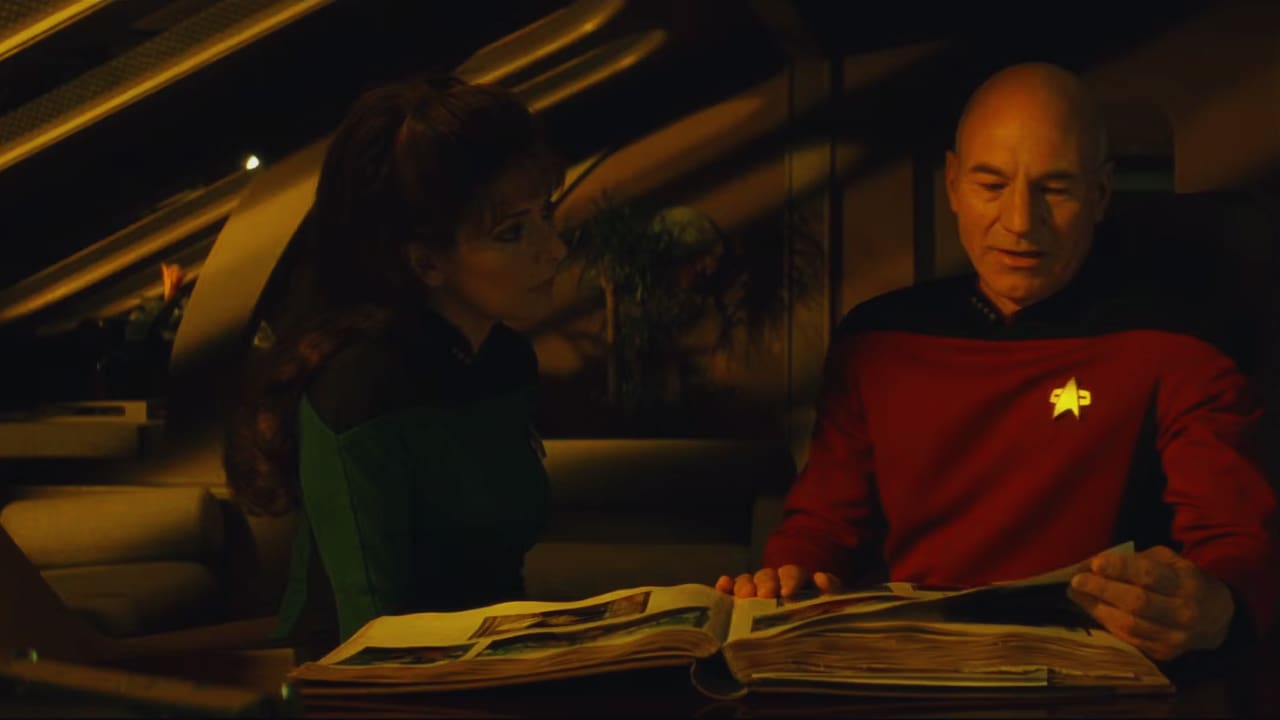Despite the rapid evolution of sci-fi franchises, the enduring legacy of Star Trek continues to captivate audiences. As we mark the 30th anniversary of “Star Trek Generations,” the groundbreaking film that bridged two generations of space explorers, we can now see how its themes and storylines have rippled through time to influence Star Trek: Picard’s final season.
The Bridge Between Eras
David Carson, the British filmmaker who helmed “Generations,” recently shared insights about crafting this pivotal chapter in Trek history. “We aimed to create a seamless transition from the TV show to the first movie,” Carson clarifies. The $38 million project united William Shatner, Patrick Stewart, and Malcolm McDowell in a story that tackled profound themes of mortality, time, and legacy.
The film’s cinematographer, John Alonzo, brought his Oscar-winning expertise to create stunning visuals that matched the story’s emotional depth. “Every scene had to have meaning, and he lit for the meaning of it,” Carson recalls, highlighting how technical excellence served the narrative’s philosophical core.
Echoes Through Time
The connections between “Generations” and “Picard” run deeper than mere nostalgia. Both stories wrestle with similar themes:
Family Legacy
In “Generations,” Picard grieves the loss of his nephew, believing he would be the last of the Picard line. The final season of “Picard” completes this circle by revealing Jack Crusher as his son, providing a fresh opportunity to reconnect with his family and legacy.
The Borg’s Shadow
The El-Aurian refugees in “Generations,” fleeing from the Borg, set up a pattern of long-lasting trauma that reverberates through to “Picard.” The revelation that the Borg had modified Picard to pass on organic technology to his son Jack shows how the Collective’s influence spans generations.
The Price of Command
Kirk’s famous advice to Picard in “Generations”—never” leave the captain’s chair—finds new meaning in “Picard’s” final season. Though Picard initially ignored this wisdom by accepting an admiralty, he ultimately returns to the Enterprise-D’s center seat for one last crucial mission.
A Ship’s Journey
The Enterprise-D’s crash in “Generations” seemed final, but Geordi La Forge’s engineering brilliance proved otherwise. The ship’s restoration and final placement in the Fleet Museum, revealed in “Picard,” shows how even seemingly terminal endings can lead to new beginnings.
The Human Element
Data’s emotional journey, beginning with the emotion chip in “Generations,” reaches its culmination in “Picard” with his resurrection in a more human-like synthetic body. This progression mirrors the franchise’s ongoing exploration of what it means to be human.
Looking Forward
As “Star Trek” continues to evolve, the throughlines from “Generations” to “Picard” demonstrate the franchise’s ability to build upon its own history while charting new courses. The transformation of the U.S.S. Titan-A into the Enterprise-G carries forward the legacy that “Generations” helped establish.
The franchise’s strength lies not just in its spectacular space battles and cutting-edge effects but in its persistent exploration of humanity’s deepest questions. From Carson’s thoughtful direction in “Generations” to the emotional depth of “Picard’s” final season, Star Trek remains true to its core mission: using science fiction to examine the human condition.
As we look back on these thirty years, we see how “Generations” did more than bridge two eras of Star Trek—it laid the groundwork for stories that continue to resonate with audiences today. The journey from “Generations” to “Picard” shows that in Star Trek’s universe, every ending is just the beginning of a new adventure.
Table of Contents
